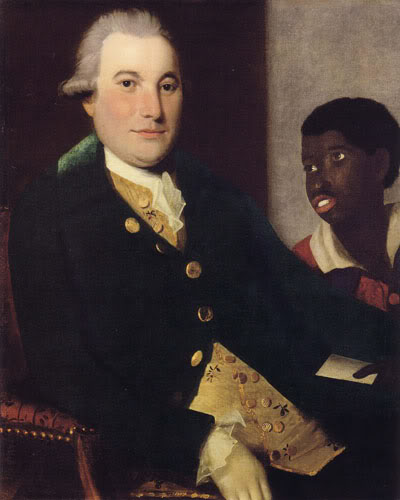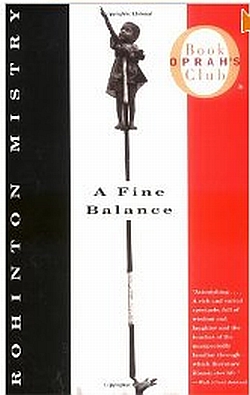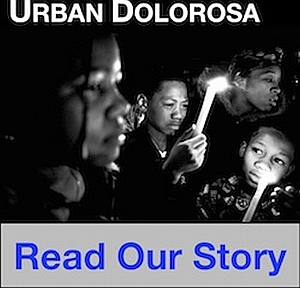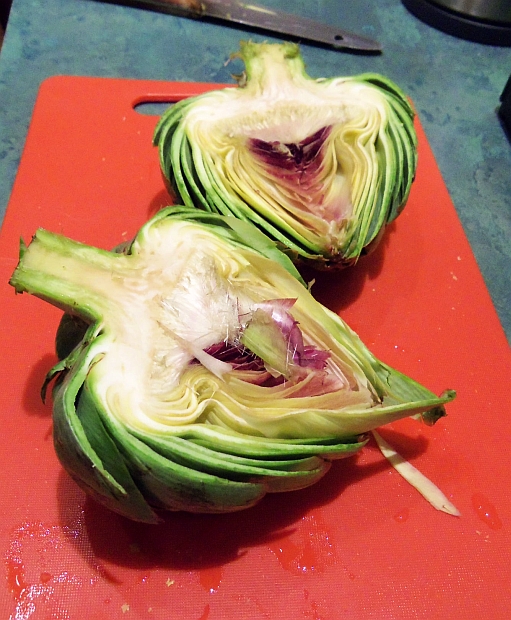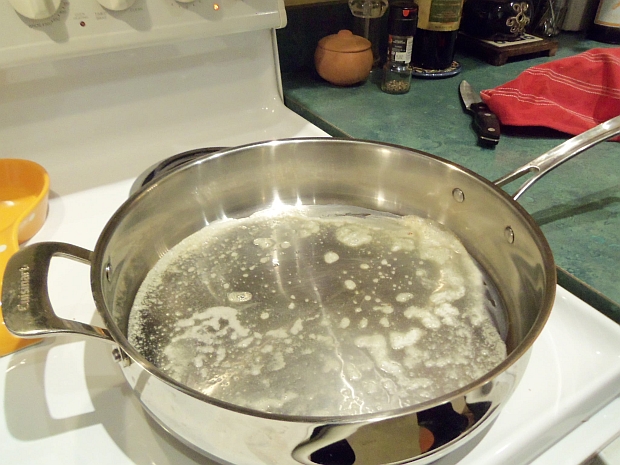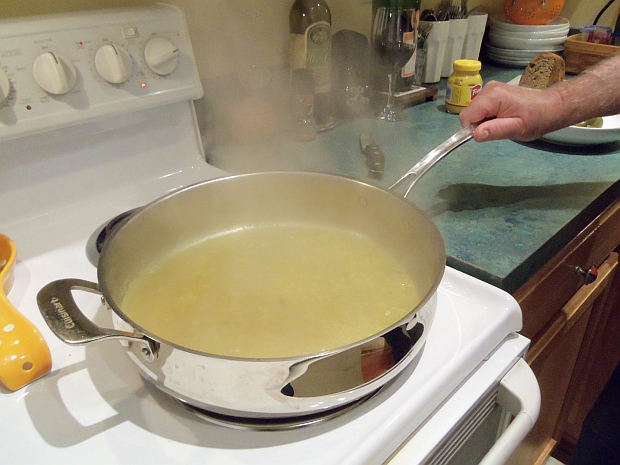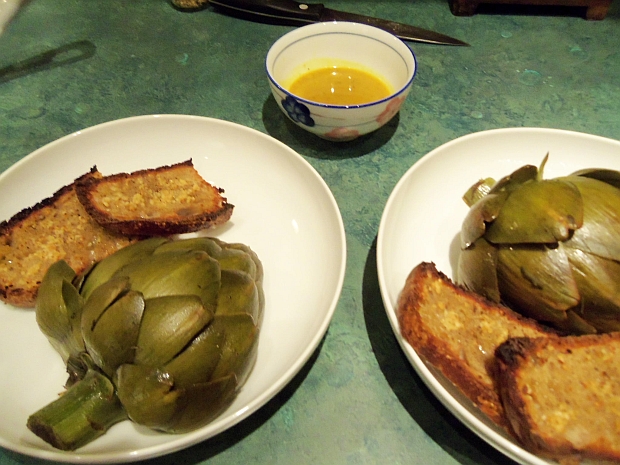
As women we have a right not to be inculturated in a view of women that limits life opportunities and options (e.g. only marriage and motherhood). We have a right to live lives not defined by men, corporations or those in power – arguably the same.
When women do better children and whole communities do better. That’s why the Chicago mentoring non-profit GirlForward is such a wonderful idea!
This non-profit can give us an idea of what we are meant to do in the world – especially those of us with education who don’t struggle everyday with poverty.
Here’s their mission and vision:
“Mission – GirlForward provides adolescent refugee girls with individual mentorship, educational programs and leadership opportunities, creating a community of support that serves as a resource and empowers girls to be strong, confident, and independent.
Vision – A strong, empowered, confident girl today will become an independent woman who can successfully support herself, her family, and her community.”
This is a another way to continue the formation of women who can work to change the laws and systems that discriminate against women.
Until women share equally in the leadership and opportunities of the world none of the human family can truly flourish.
Because national laws are always and everywhere created by men, Catharine MacKinnon writes in her book Are Women Human?
“State behavior that promotes and institutionalizes male dominance has been found to distinguish public from private, naturalize dominance as difference, hide coercion behind consent, and obscure sexual politics behind morality” (4). Stated another way “Men violently dominating other men for control of states is called war; men violently dominating women within states is relegated to peace” (5).
Reframe: the abuse of women, physically, emotionally, economically or socially is violence against women.
You may also like InnerPeace – Ending Emotional Abuse, Other Options: Alternative Living Choices and Solving the Problem of Poverty.
